Modern vintage design is a popular style that combines the old and new to create a unique and timeless look. This design aesthetic is all about blending vintage and modern elements to create a space that is both comfortable and stylish. Let’s explore the key principles of Modern Vintage Design and provide tips on achieving this look in your home.
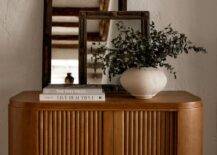
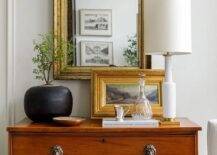
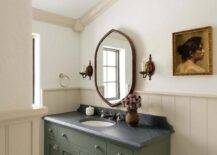
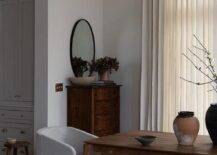
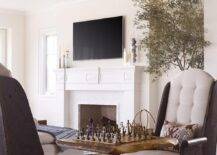
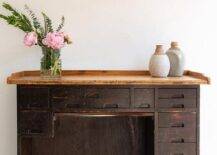
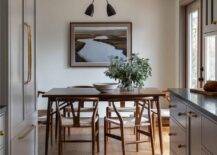
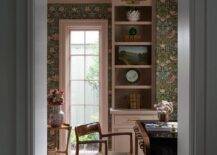
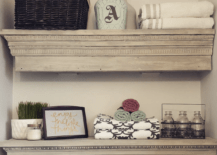
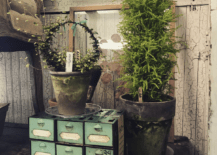
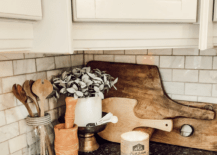
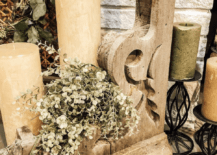
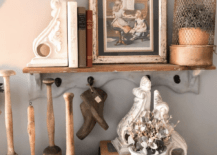
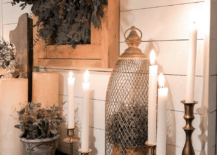
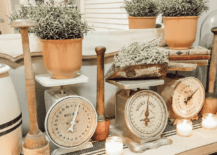
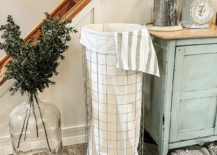
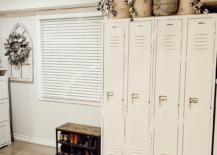
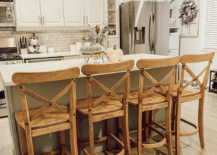
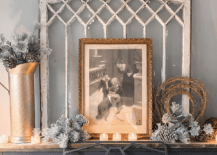
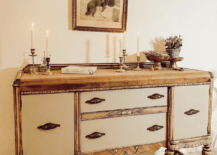
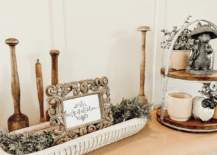
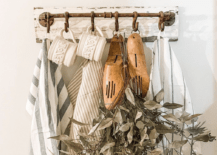
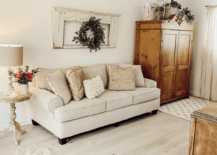
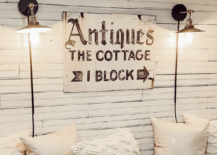
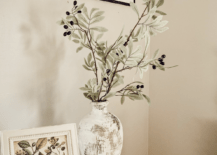
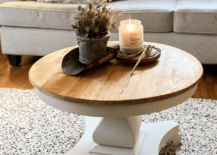
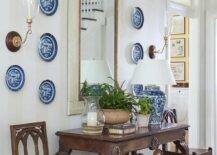
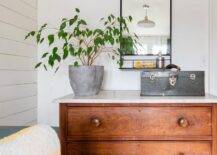
Modern Vintage Design is a design style that combines elements from both modern and vintage design to create a unique and cohesive look. There are several key principles that define this design style.
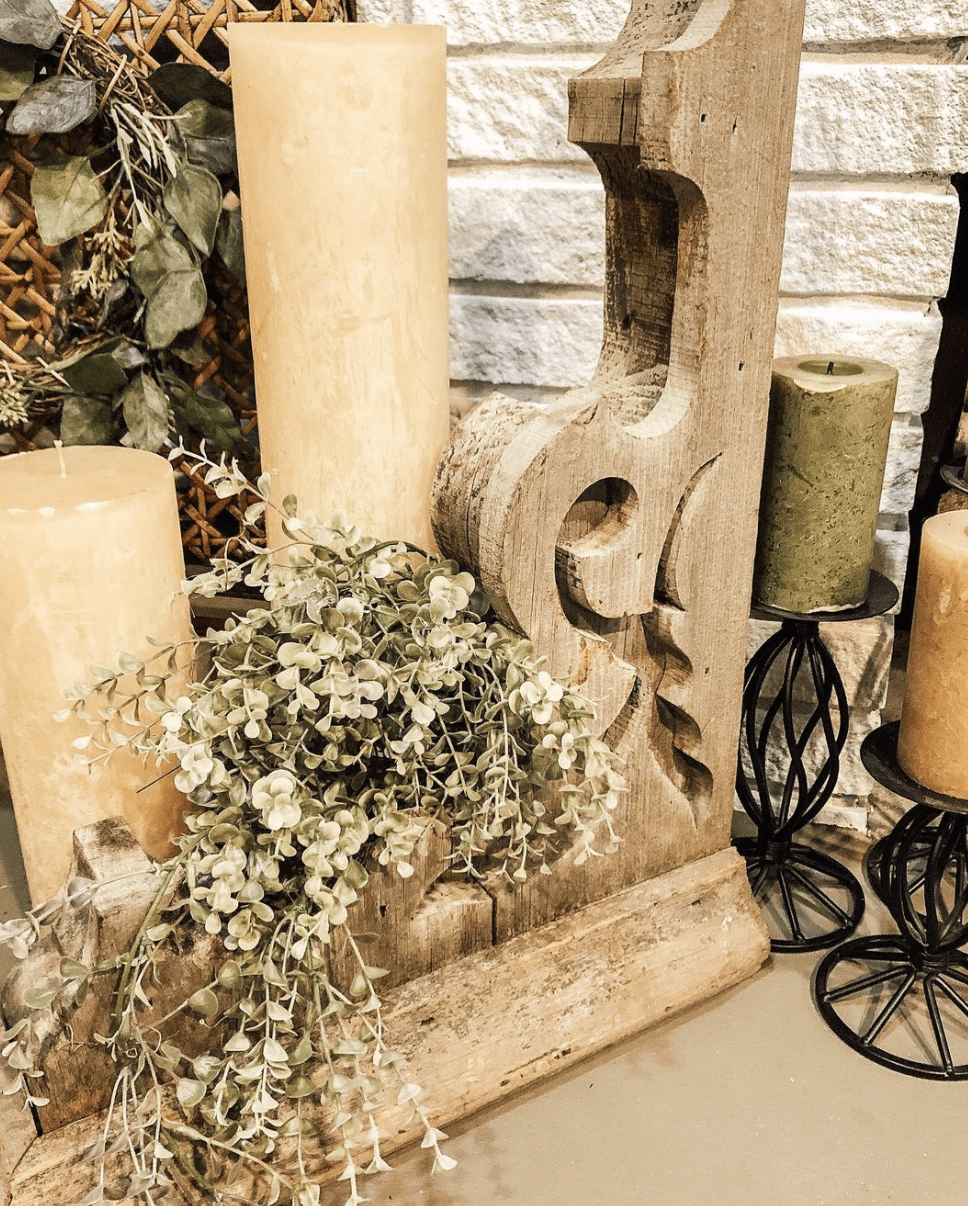
The first principle of Modern Vintage Design is the use of neutral colors. This design style typically incorporates a neutral color palette, with shades of white, gray, beige, and black being the most common. These colors provide a clean and classic backdrop for the vintage elements that are incorporated into the design.
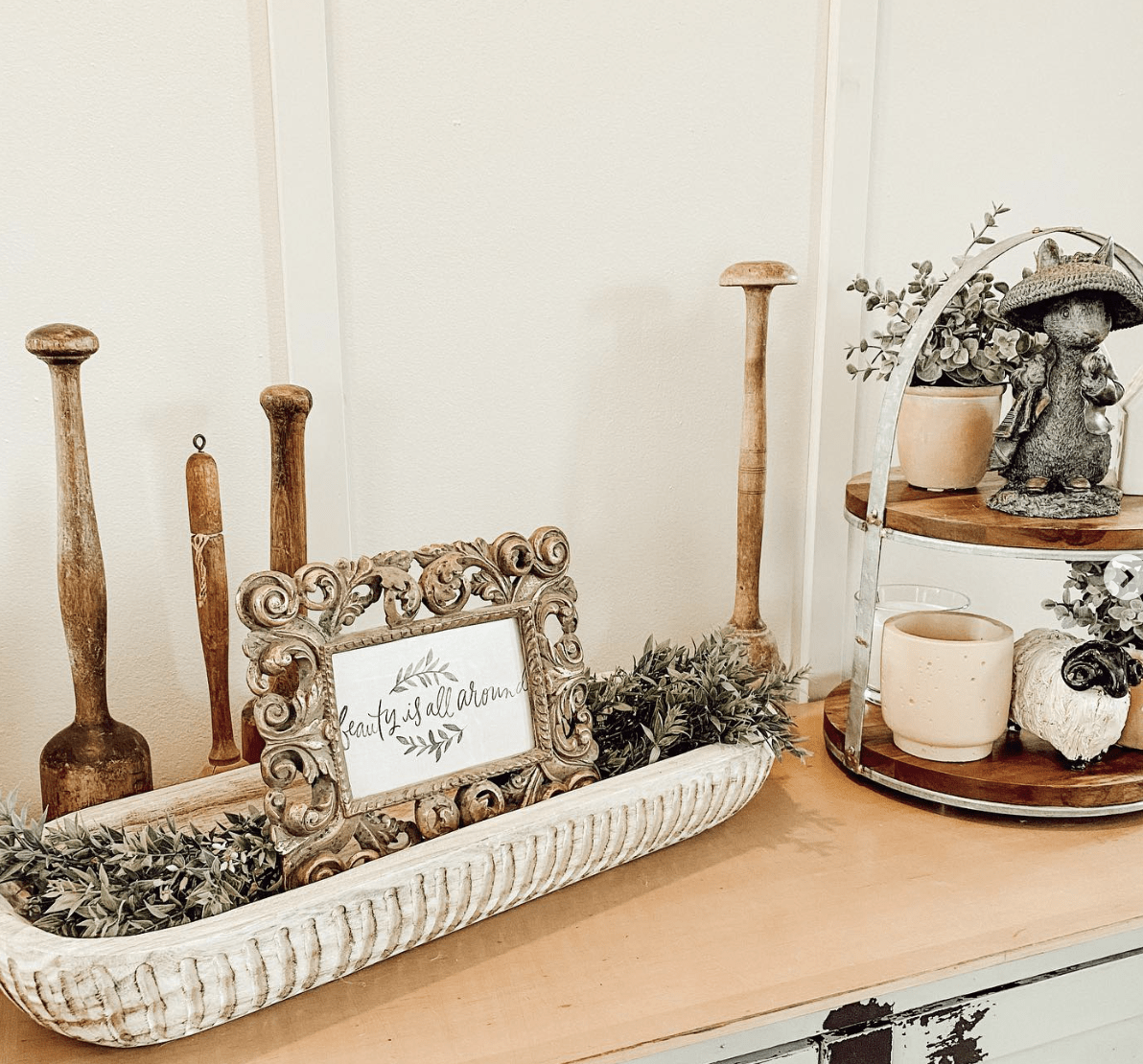
The second principle of Modern Vintage Design is the use of natural materials. This design style emphasizes the use of natural materials such as wood, stone, and metal. These materials provide a sense of warmth and texture to the design while also adding a touch of nostalgia.
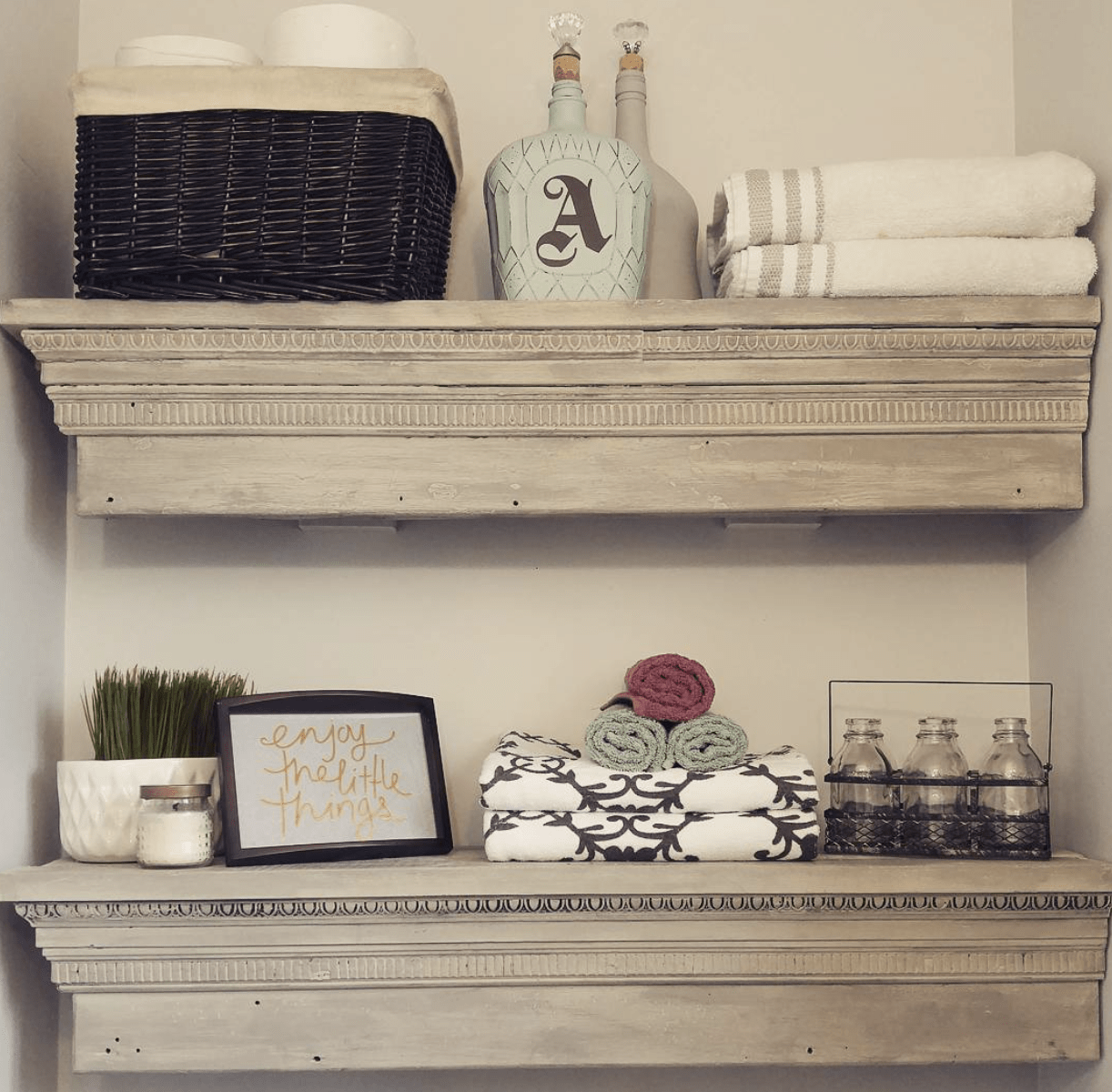
The third principle of Modern Vintage Design is the use of vintage-inspired patterns and textures. This design style often incorporates patterns and textures that are reminiscent of vintage design, such as floral prints, lace, and embroidery. These elements add a sense of charm and whimsy to the design.
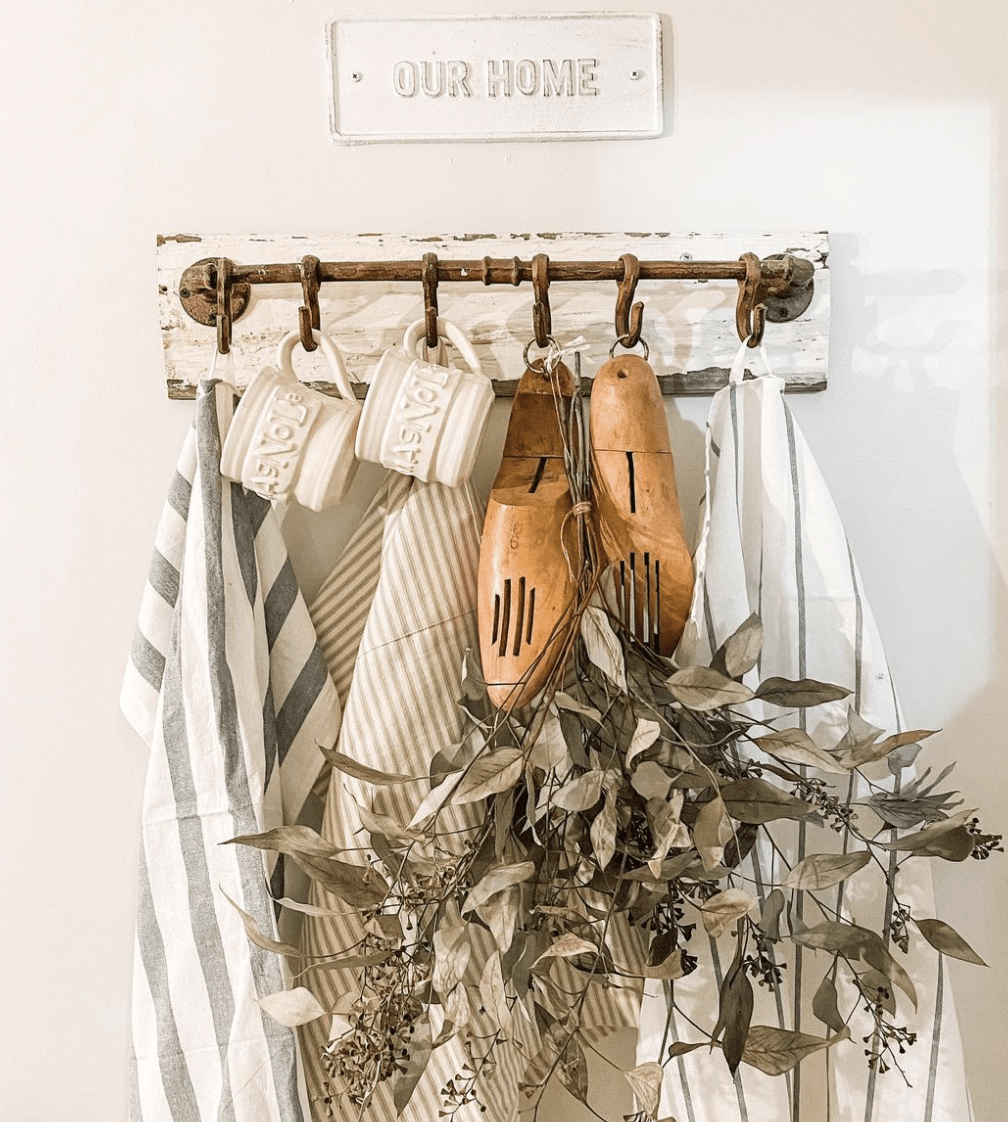
The fourth principle of Modern Vintage Design is the use of vintage-inspired furniture and decor. This design style often incorporates vintage-inspired furniture and decor pieces, such as mid-century modern chairs, industrial lighting fixtures, and rustic wood accents. These pieces add a sense of history and character to the design.
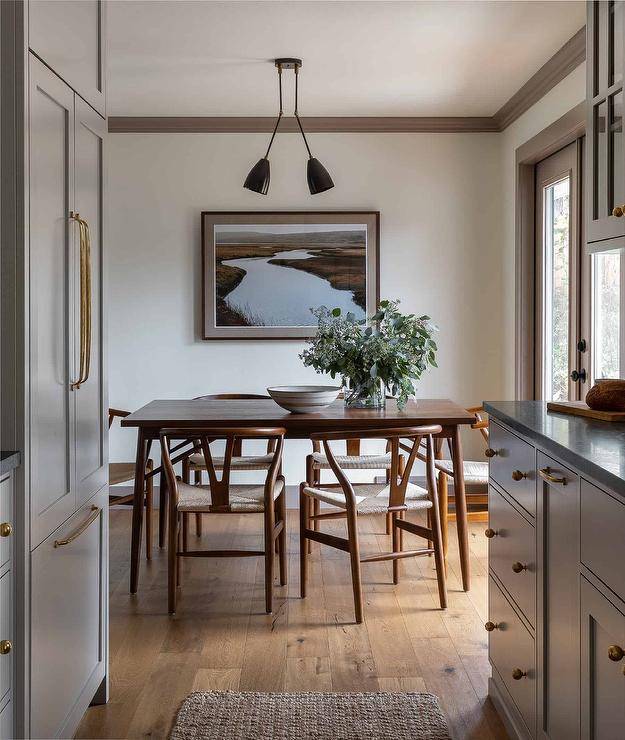
The fifth principle of Modern Vintage Design is the use of clean lines and simple shapes. This design style emphasizes simplicity, with clean lines and simple shapes being a common feature. This creates a sense of modernity that balances out the vintage elements in the design.
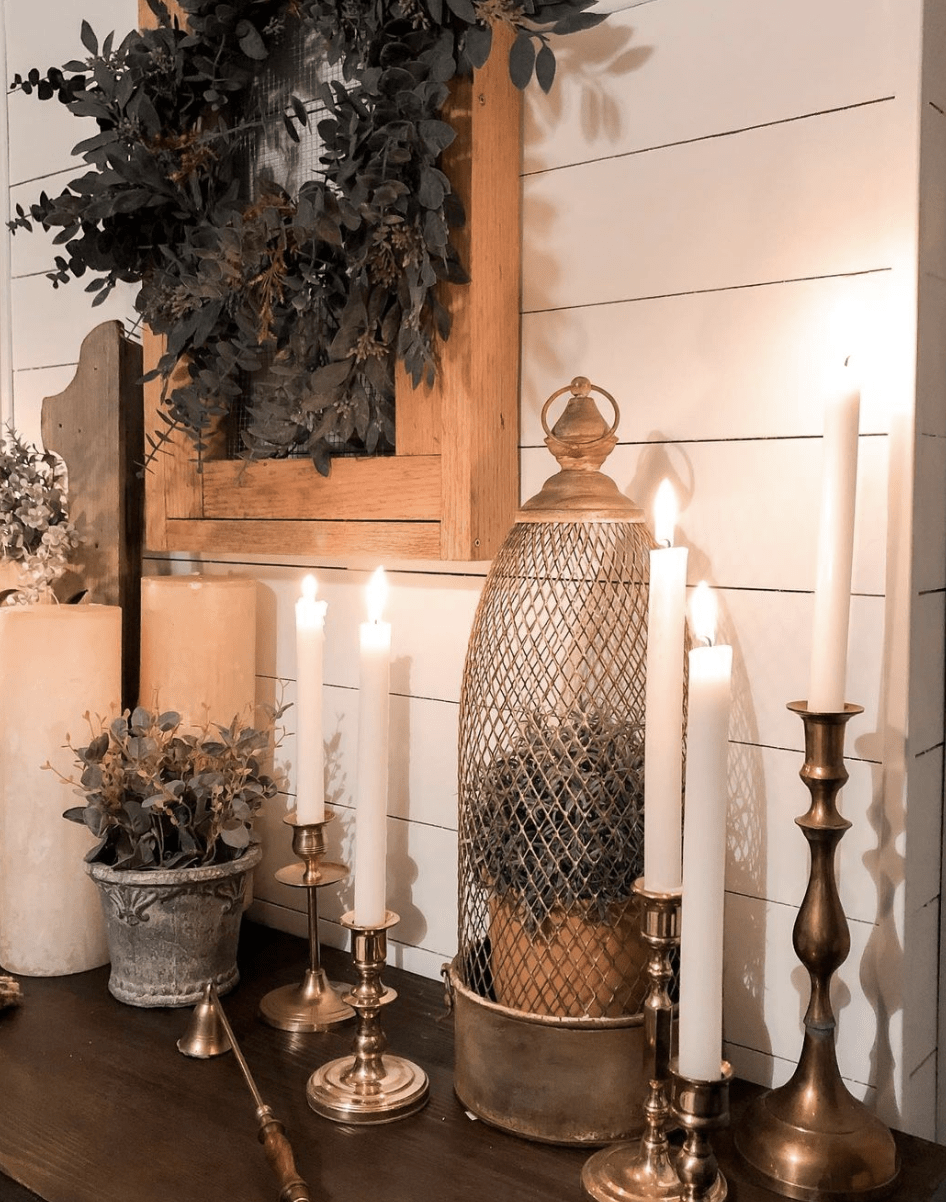
The sixth principle of Modern Vintage Design is the use of statement pieces. This design style often incorporates statement pieces, such as a bold piece of artwork or a unique piece of furniture. These statement pieces add a sense of personality and individuality to the design.
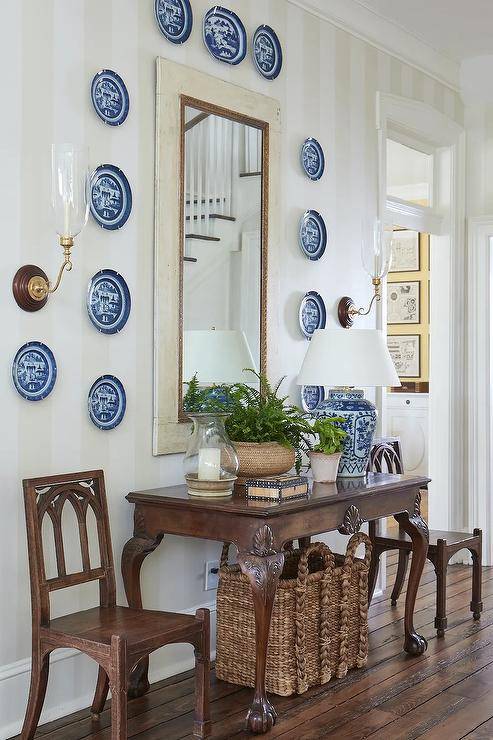
The seventh principle of Modern Vintage Design is the use of layering. This design style often incorporates layering, with different textures and patterns being layered on top of each other to create a rich and interesting design. This creates a sense of depth and dimension in the design.
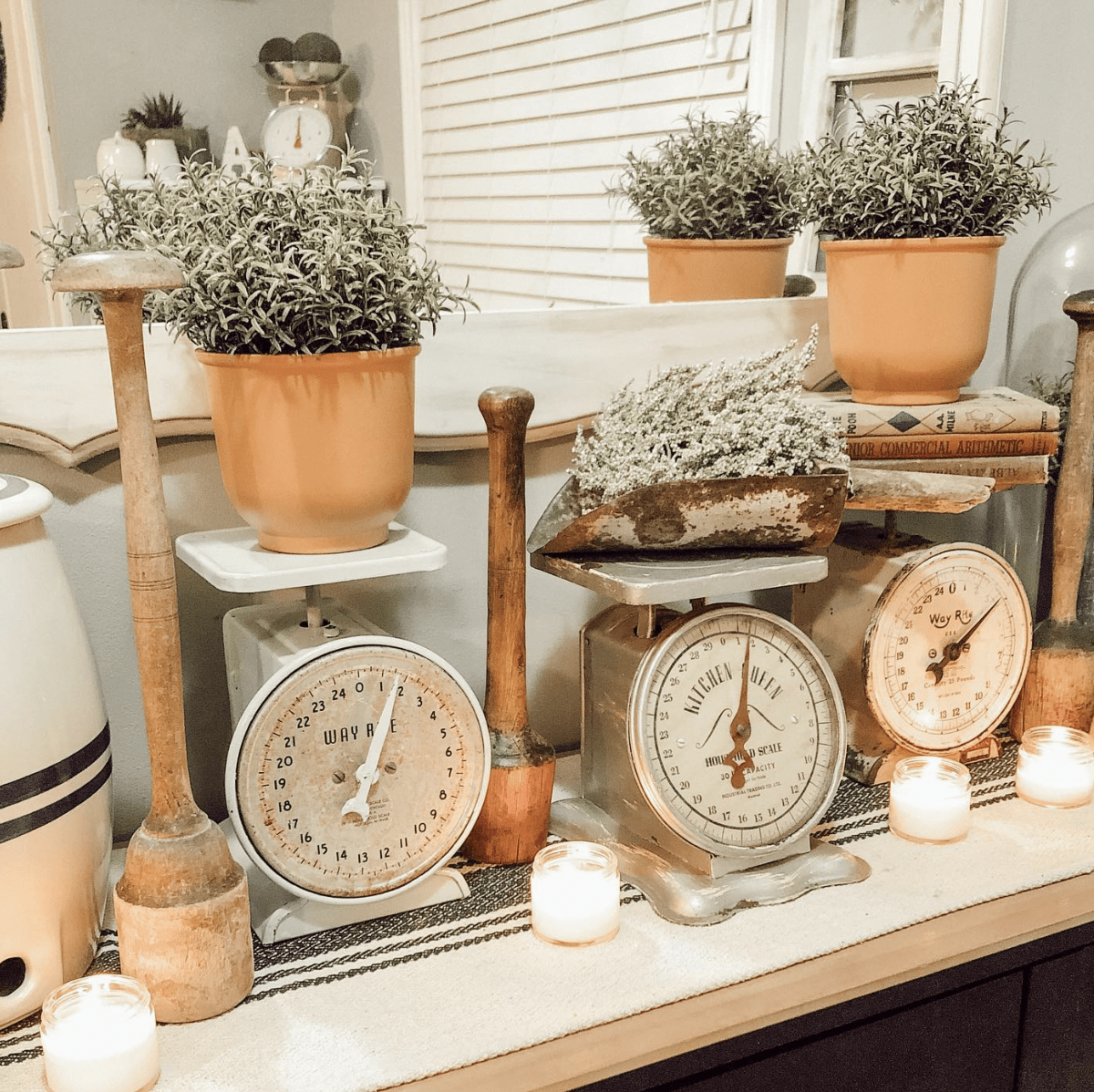
The key principles of this design style include the use of neutral colors, natural materials, vintage-inspired patterns and textures, vintage-inspired furniture and decor, clean lines and simple shapes, statement pieces, and layering. By incorporating these principles into your design, you can create a space that is both modern and vintage and that reflects your own unique style and personality.
Start with a neutral color palette
The key to achieving a Modern Vintage look is to start with a neutral color palette. This will provide a solid foundation for your design and allow you to layer vintage and modern elements on top. Stick to colors like beige, cream, gray, and white to create a calming and cohesive space.
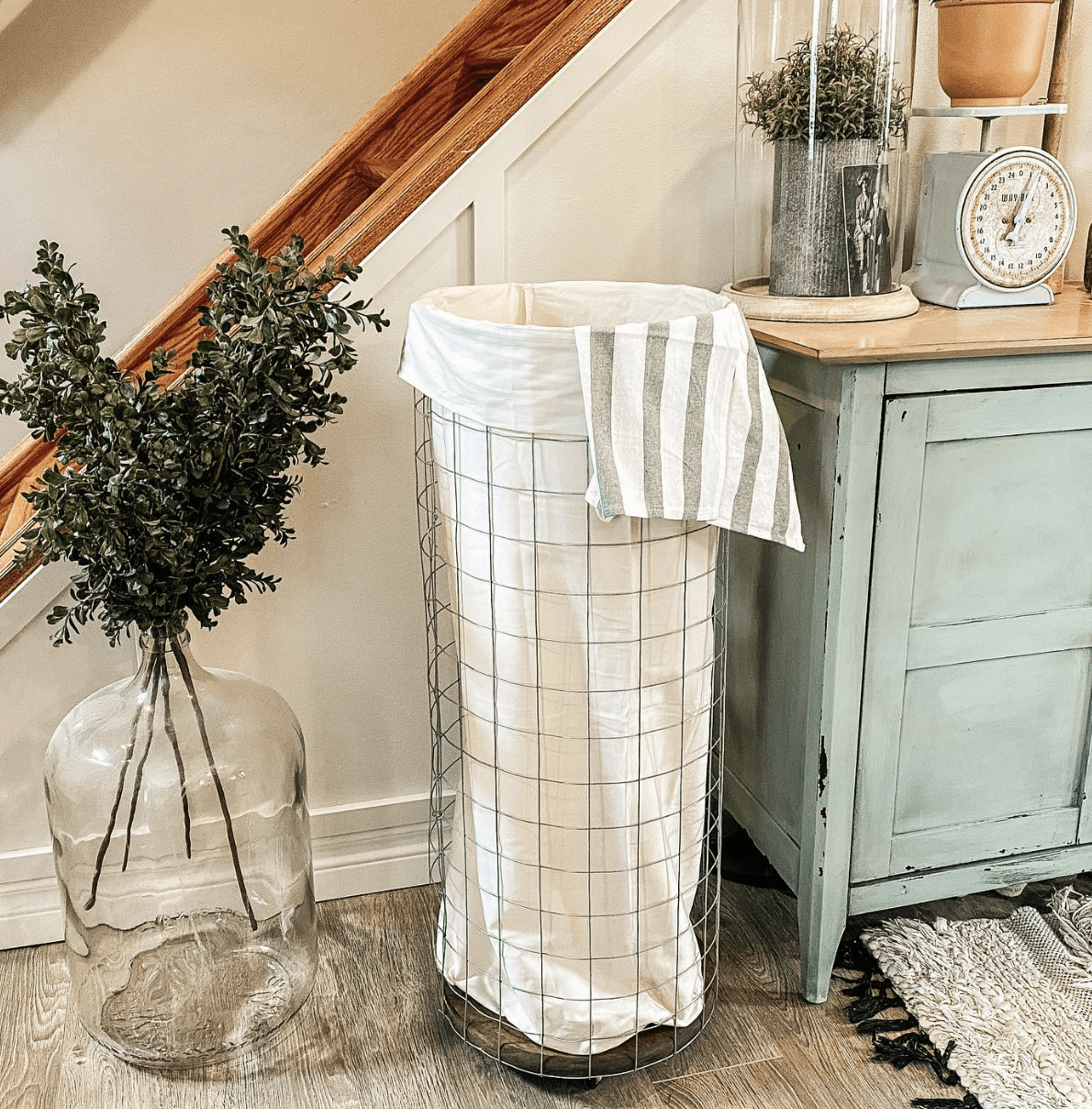

Mix vintage and modern furniture
One of the most important aspects of Modern Vintage Design is mixing vintage and modern furniture. This can be a bit tricky, but the key is to choose pieces that complement each other. For example, a vintage sofa can be paired with a modern coffee table or an antique dresser can be paired with a sleek, modern lamp.
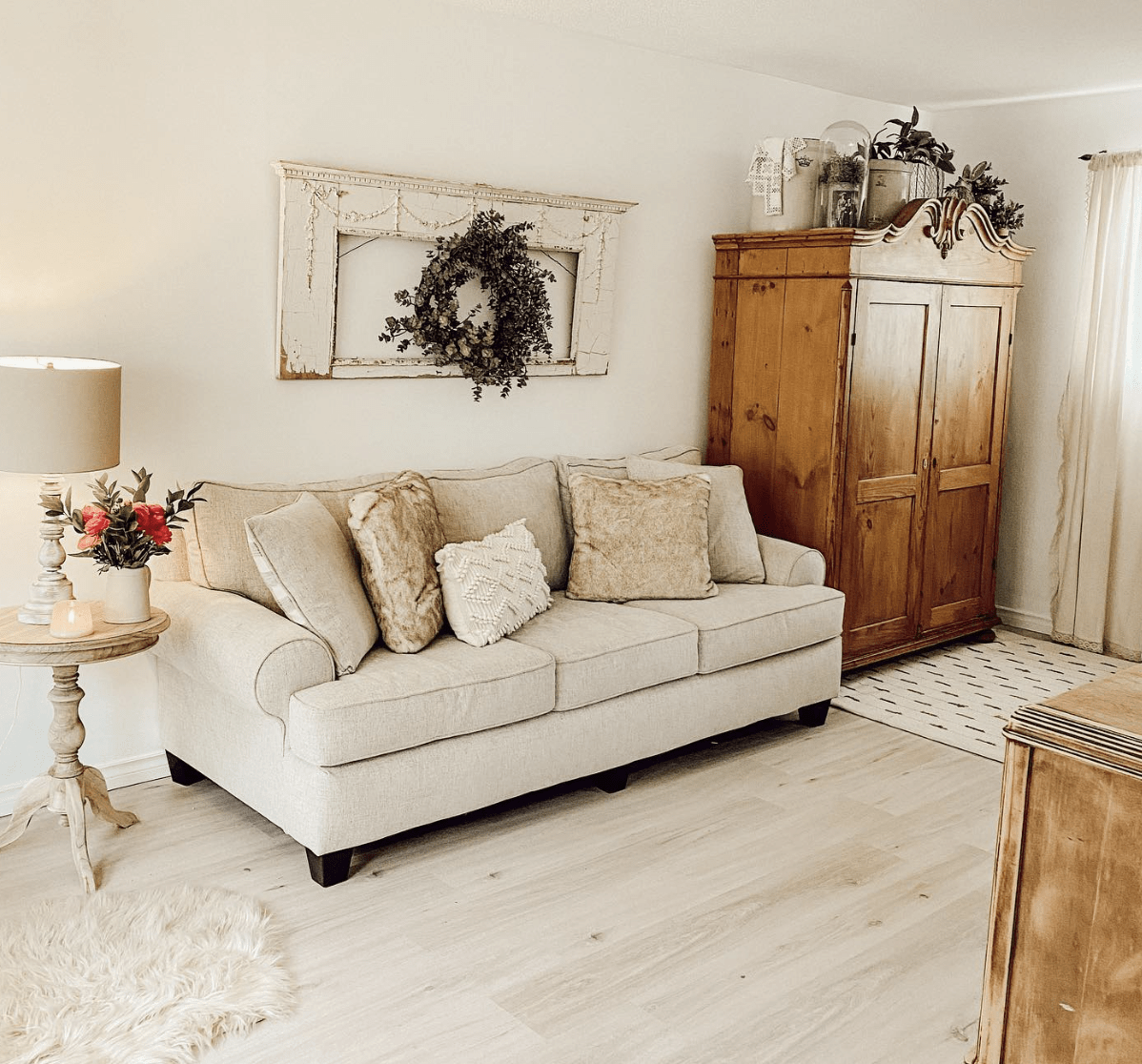
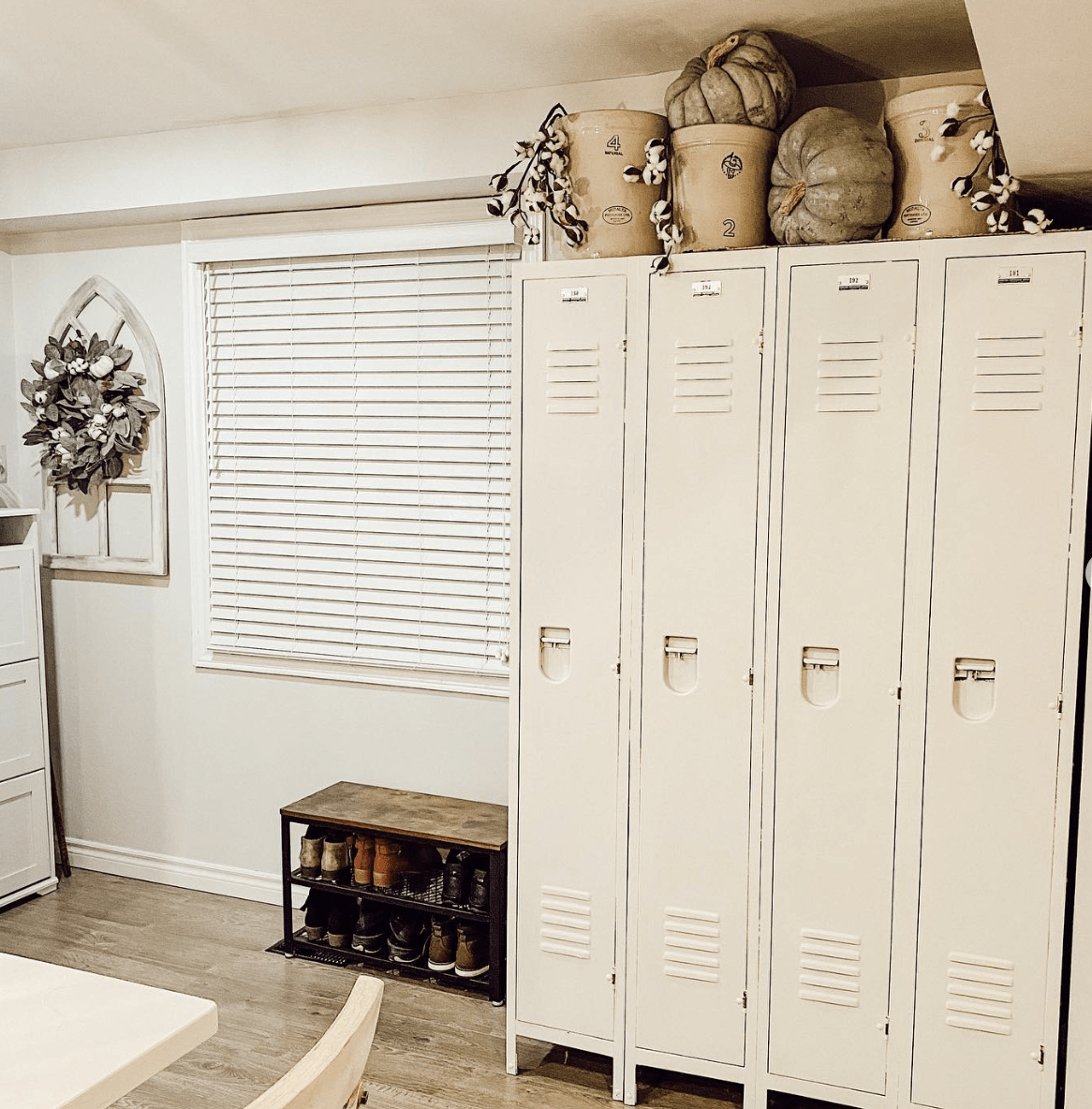
Use vintage artwork and accessories
Vintage artwork and accessories are a great way to add character and charm to your Modern Vintage space. Look for vintage posters, old photographs, and unique knick-knacks that add personality to your space. These pieces can be paired with modern accents like contemporary vases or throw pillows to create a cohesive look.
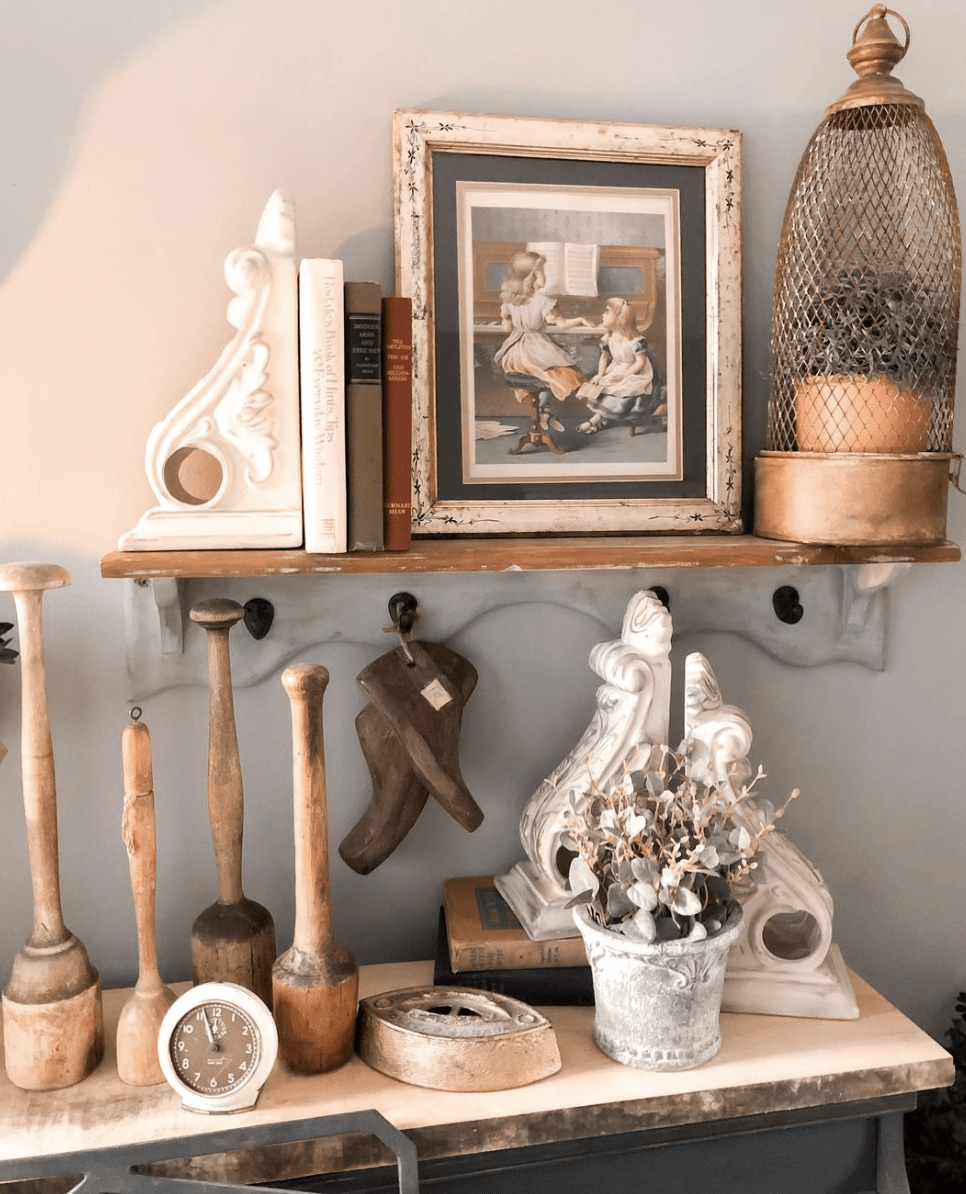
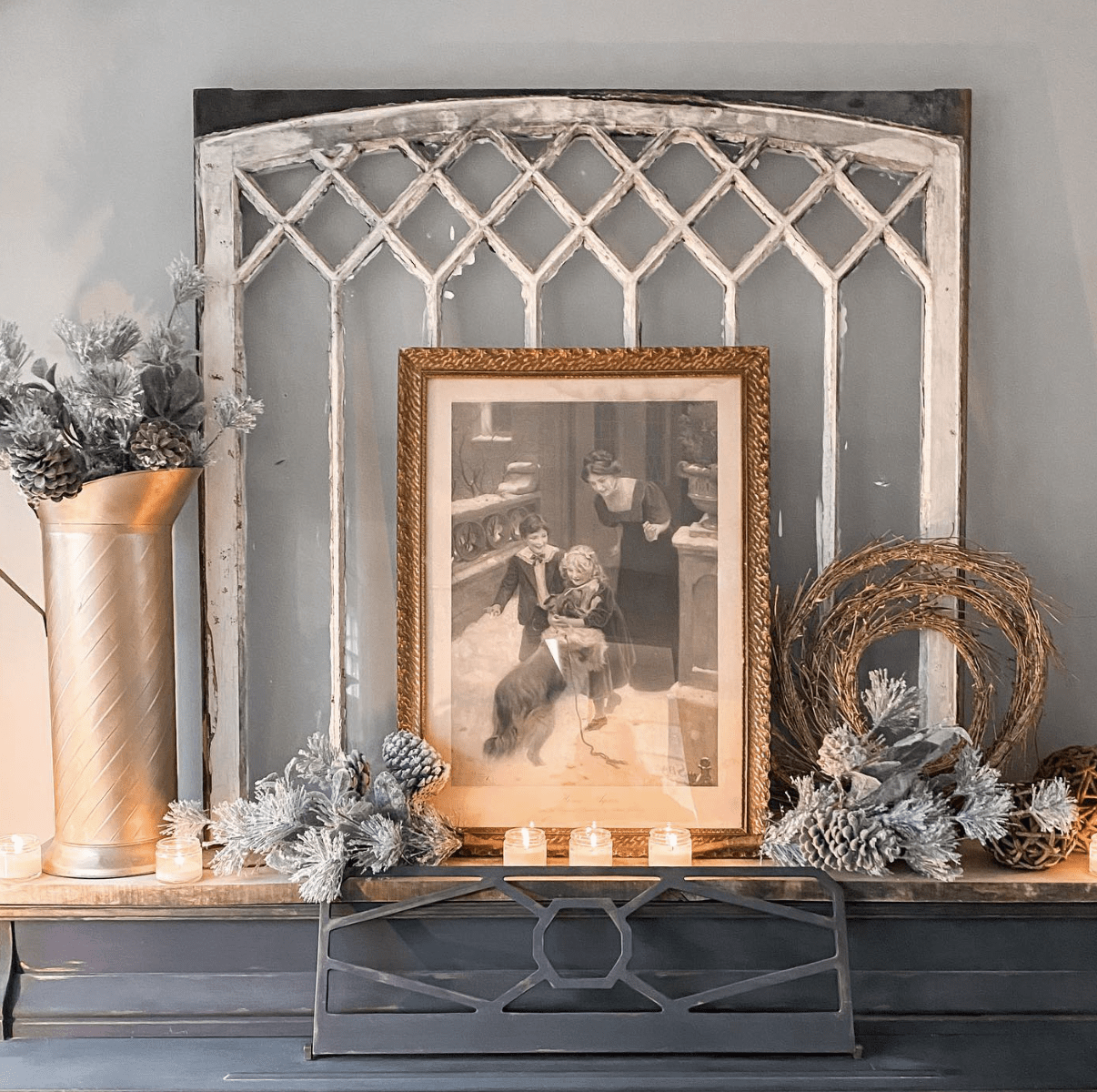
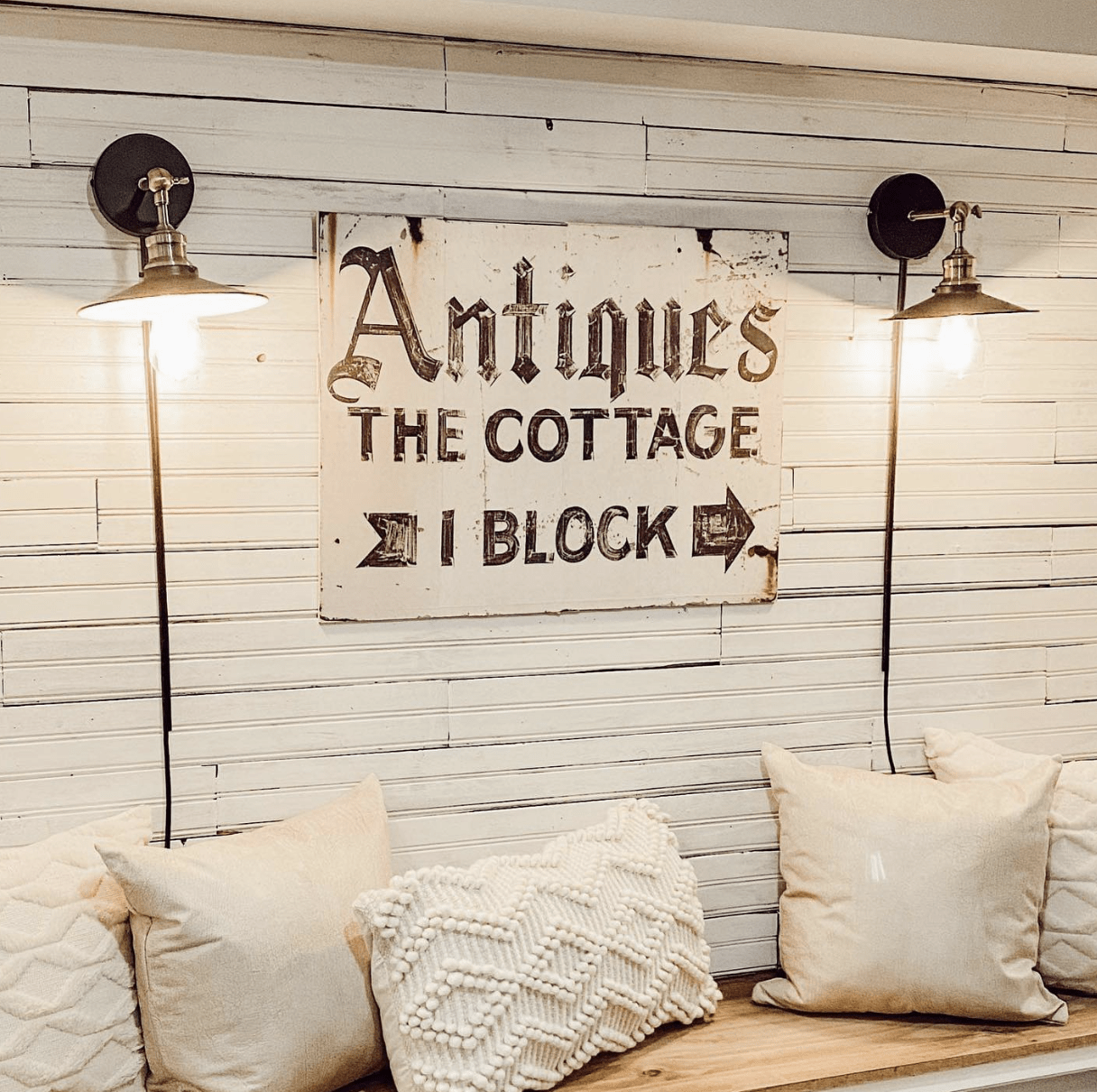
Incorporate natural materials
Natural materials like wood, stone, and leather are a key component of Modern Vintage Design. These materials add warmth and texture to your space and create a cozy atmosphere. Look for vintage wooden furniture, stone accents, and leather chairs to add a touch of nature to your home.
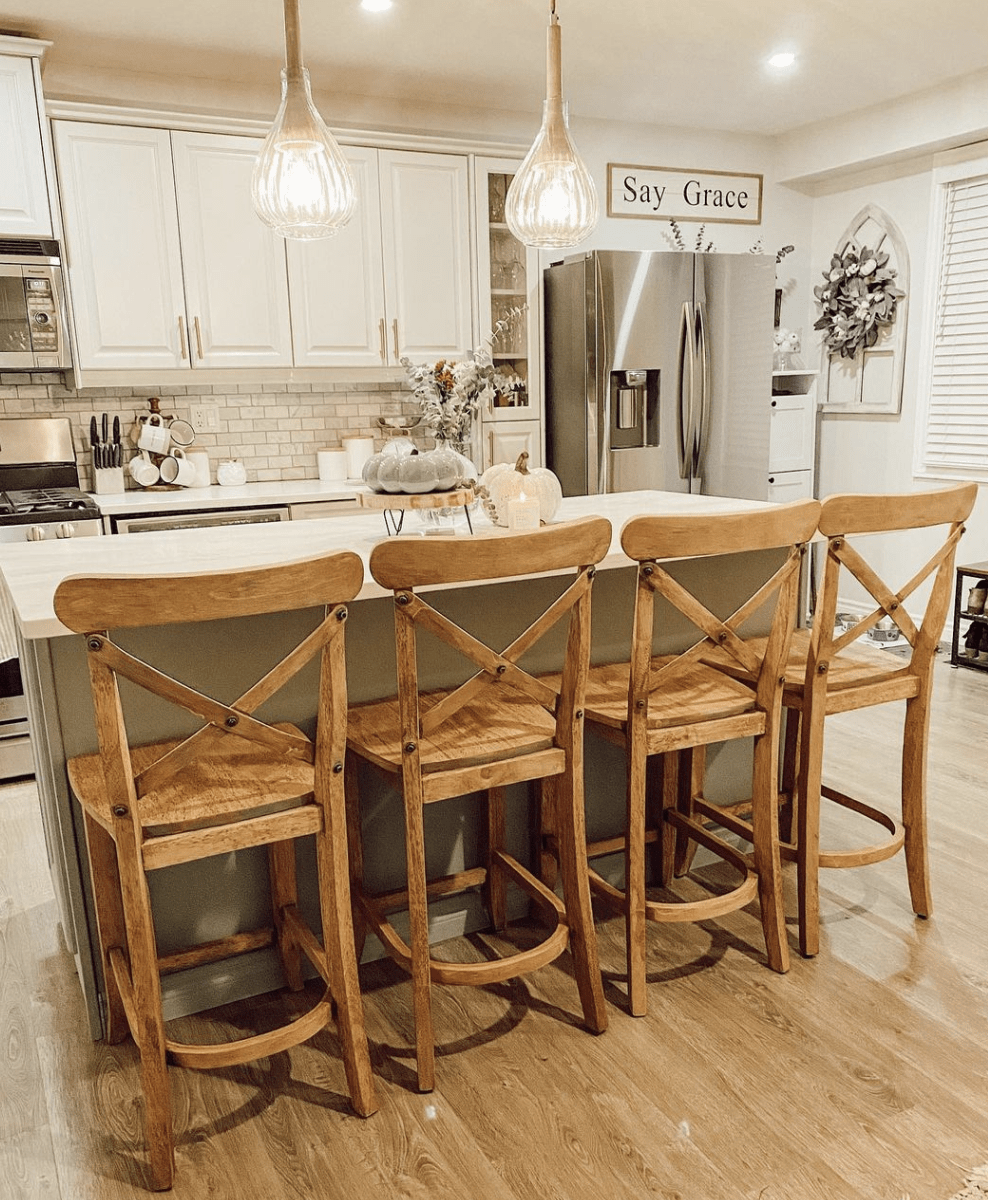
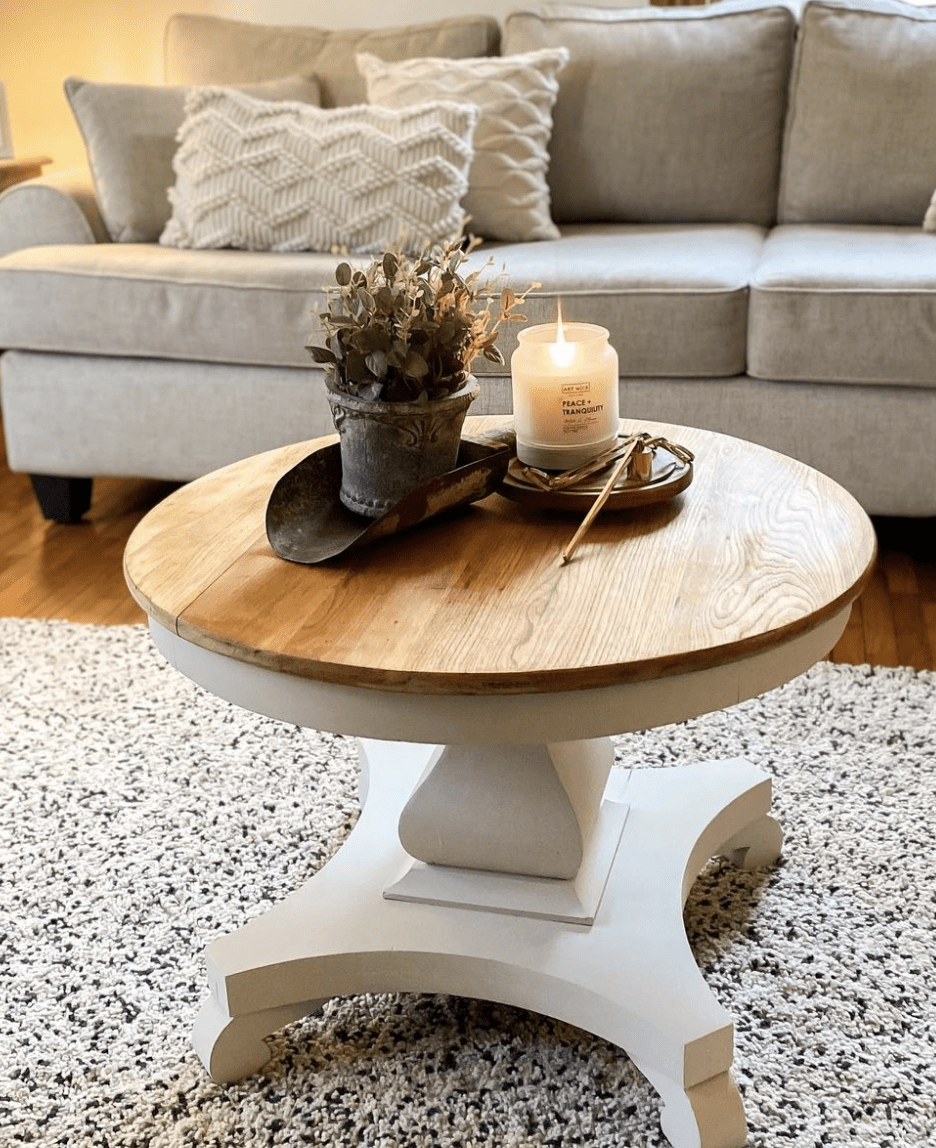
Don’t be afraid to mix patterns
Mixing patterns is another key aspect of Modern Vintage Design. However, it’s important to do so carefully to avoid overwhelming your space. Stick to a few patterns that complement each other, such as a vintage floral print with a modern geometric pattern.
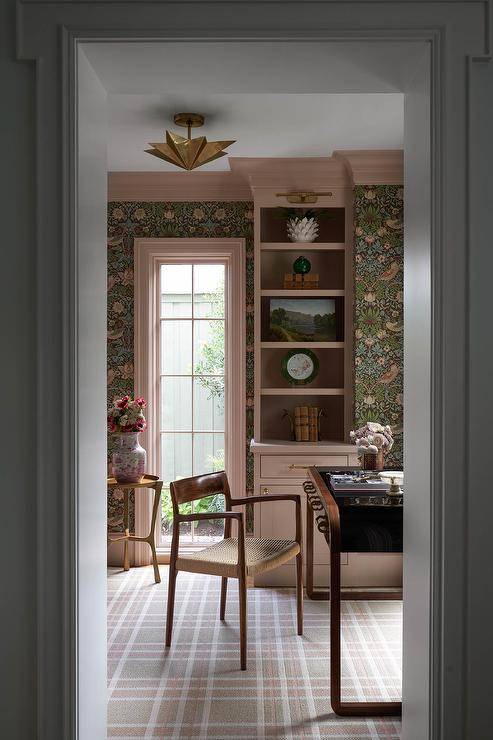
Keep it simple
Finally, it’s important to keep your Modern Vintage Design simple and uncluttered. Avoid overloading your space with too many vintage or modern elements. Instead, choose a few key pieces that complement each other and create a harmonious space.
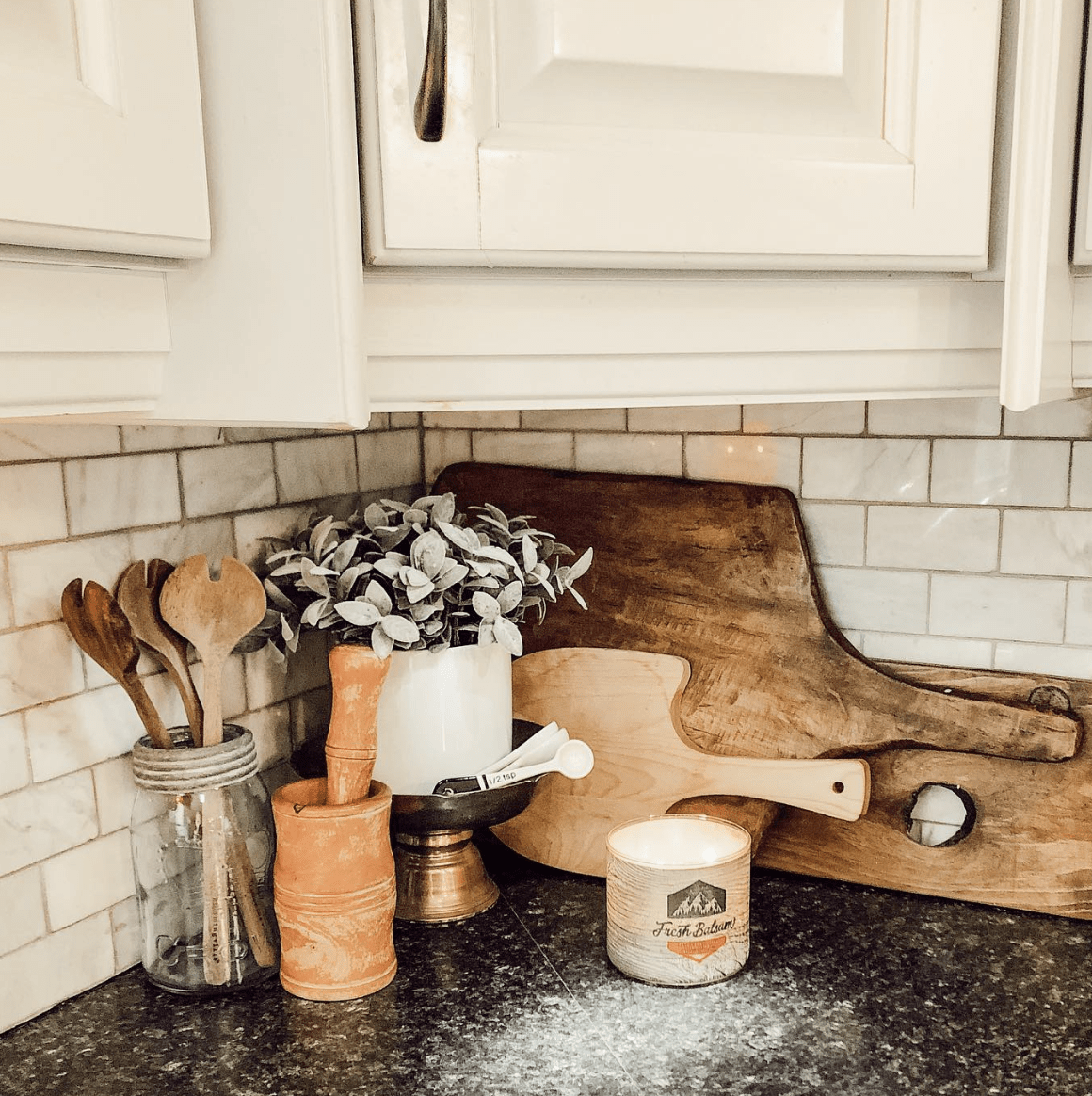

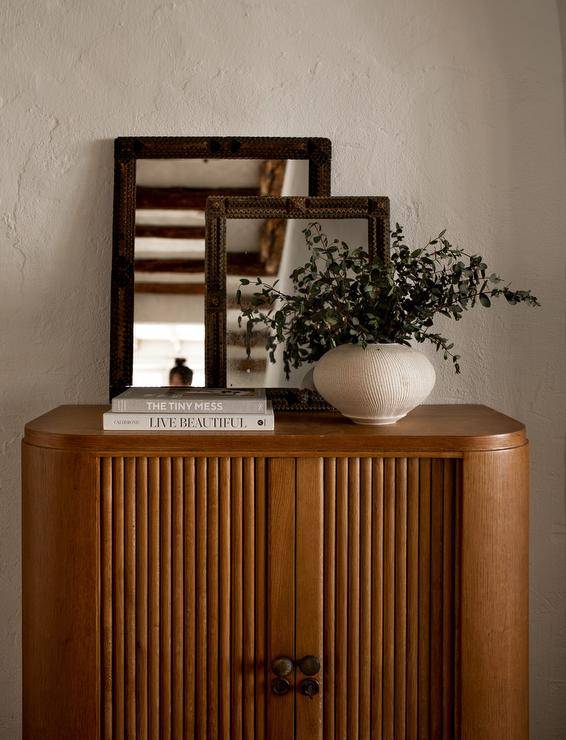
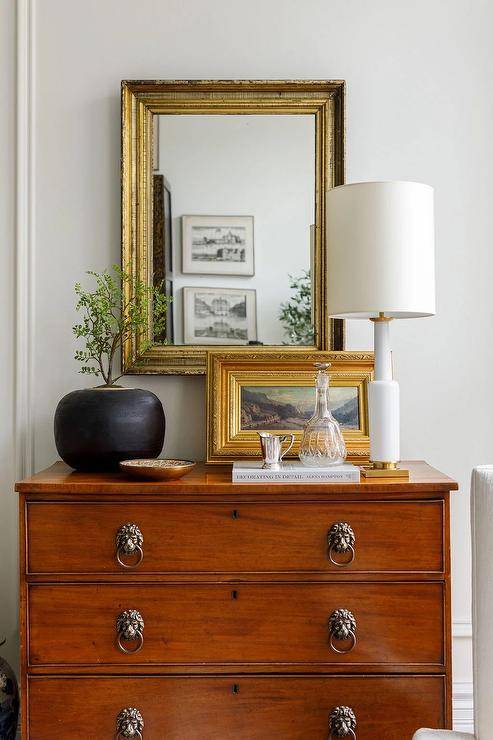
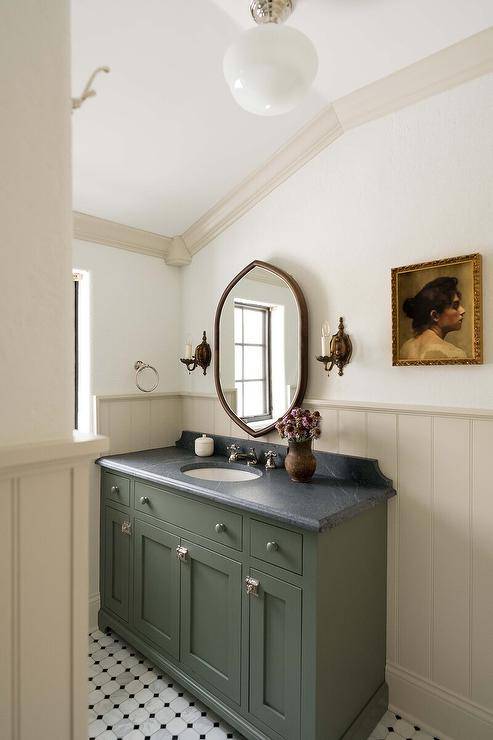
Quick Tips
- Mix Vintage and Modern Pieces: Incorporate both old and new items to create a unique and modern vintage look.
- Use a Neutral Color Palette: Stick to muted colors like beige, gray, and white to create a cohesive and timeless look.
- Play with Textures: Incorporate different textures like wood, metal, and leather to add depth and interest to the space.
- Add Vintage Lighting: Choose vintage-inspired light fixtures to add character and charm to the space.
- Use Patterned Wallpaper: Use patterned wallpaper to add a vintage touch and create a focal point in the room.
- Look for Unique Decor: Hunt for one-of-a-kind vintage pieces to add character and personality to the space.
- Mix and Match Seating: Mix modern and vintage seating for a unique and eclectic look.
- Incorporate Plants: Bring the outdoors in with plants to add a fresh and natural element to the space.
- Use Vintage Art: Incorporate vintage art pieces to add a sense of history and nostalgia to the space.
- Add Vintage Rugs: Use vintage rugs to add warmth and texture to the floors.
- Use Vintage Books: Incorporate vintage books into the décor to add a sense of intellectual sophistication.
- Create a Gallery Wall: Use vintage frames to create a gallery wall of family photos, vintage art, and other memorabilia.
- Use Vintage Textiles: Incorporate vintage textiles like lace and embroidery to add a soft and feminine touch to the space.
- Add Vintage Mirrors: Use vintage mirrors to add depth and dimension to the space.
- Keep it Simple: Don’t overdo it with too many vintage pieces. Keep it simple and let the vintage items speak for themselves.
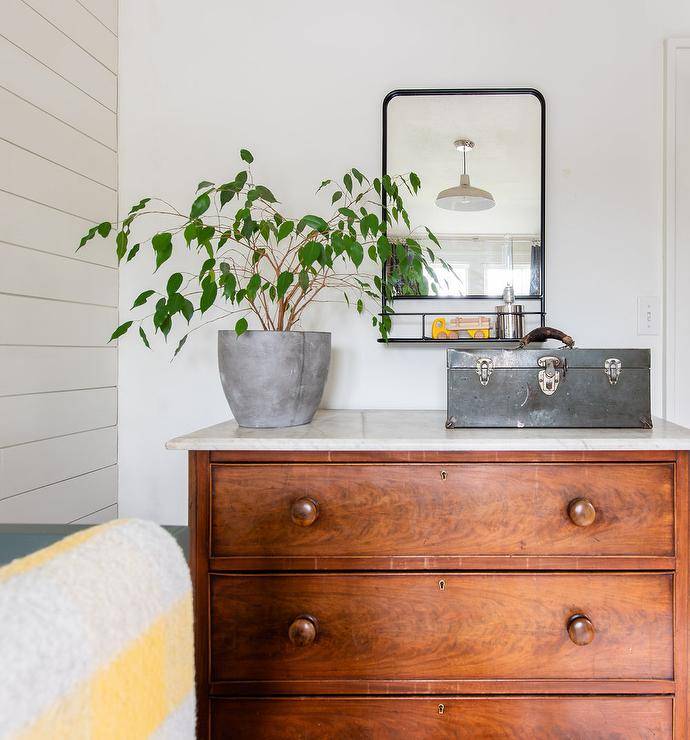
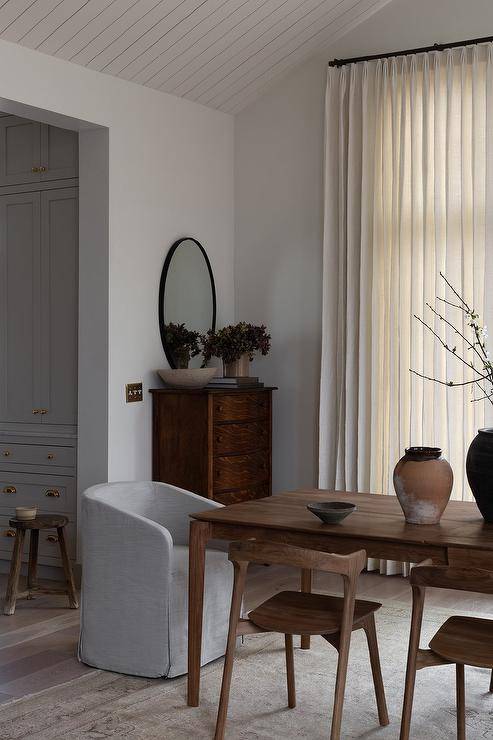
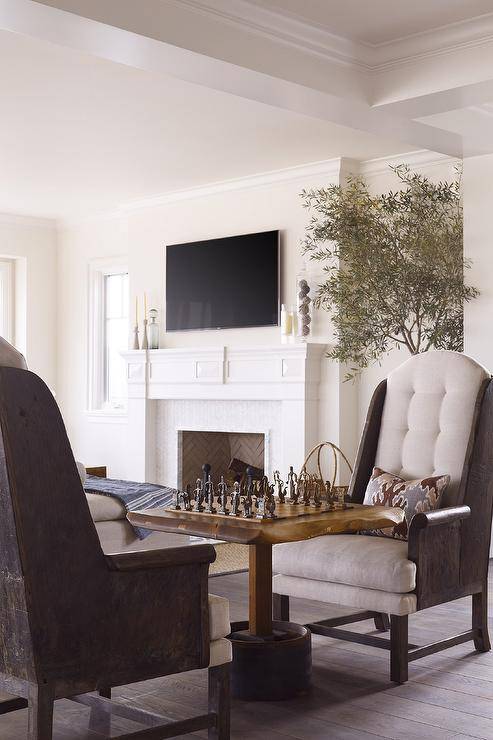
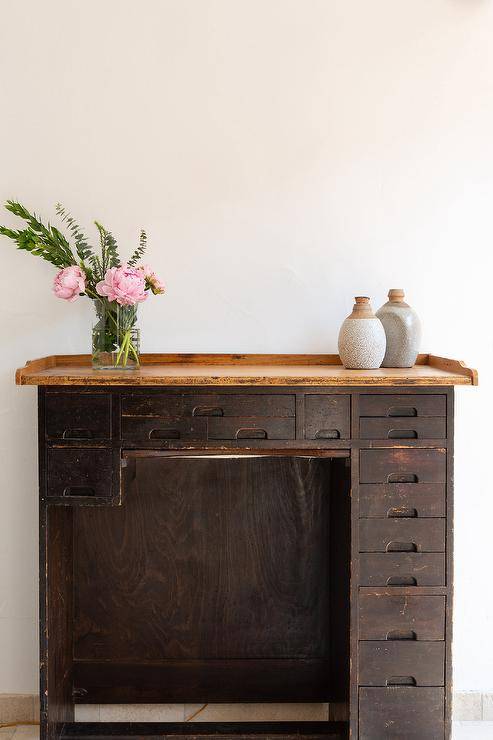
In conclusion, Modern Vintage Design is all about creating a space that combines the old and new to create a unique and stylish look. By following these key principles, you can achieve this design aesthetic in your own home. Remember to start with a neutral color palette, mix vintage and modern furniture, incorporate natural materials, and keep it simple. With these tips, you’ll be well on your way to creating a beautiful Modern Vintage space.
Frequently Asked Questions (FAQs)
What is modern vintage design?
Modern vintage design is a style that combines elements from the past with contemporary design elements. It uses vintage-inspired furniture, décor, and color schemes to create a unique and eclectic look.
What are some common features of modern vintage design?
Common features of modern vintage design include vintage-inspired furniture, distressed finishes, natural materials like wood and metal, neutral color palettes with pops of color, and whimsical decorative elements.
How can I incorporate modern vintage design in my home?
You can incorporate modern vintage design in your home by using vintage-inspired furniture, adding decorative elements like vintage signage or old books, and using natural materials like wood and metal. You can also mix and match vintage pieces with modern ones to create a unique look.
What are some popular color schemes for modern vintage design?
Popular color schemes for modern vintage design include neutral colors like beige, gray, and white, as well as muted pastels like mint green and pale pink. Pops of brighter colors like red, turquoise, or mustard yellow can also be used to add interest.
What are some popular vintage design eras to draw inspiration from?
Some popular vintage design eras to draw inspiration from include the mid-century modern era of the 1950s and 1960s, the industrial era of the early 20th century, and the Victorian era of the late 19th century.
What types of materials are commonly used in modern vintage design?
Commonly used materials in modern vintage design include natural materials like wood, metal, and leather, as well as fabrics like linen and wool. Distressed finishes on furniture and decor also add to the vintage feel.
Can modern vintage design be used in commercial spaces?
Yes, modern vintage design can be used in commercial spaces like restaurants, cafes, and boutiques to create a unique and memorable atmosphere.
How can I create a cohesive modern vintage design scheme?
To create a cohesive modern vintage design scheme, choose a color palette and stick to it, mix and match vintage and modern pieces in a way that feels balanced, and use decorative elements to tie the look together, such as vintage-inspired lighting or artwork.
You're reading Modern Vintage Design: How to Mix The Old And New To Create This Look, originally posted on Decoist. If you enjoyed this post, be sure to follow Decoist on Twitter, Facebook and Pinterest.

No comments:
Post a Comment